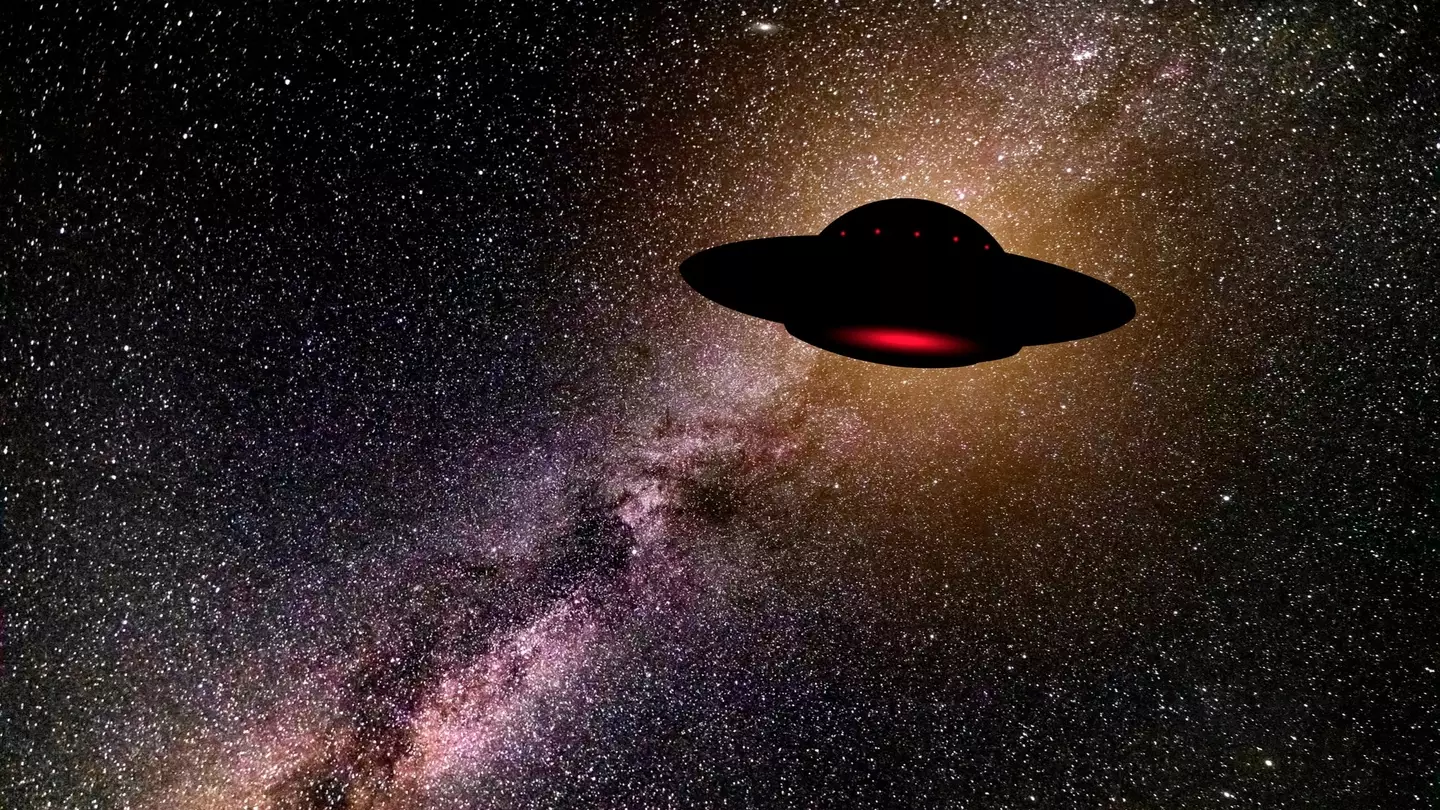


The 2004 Boxing Day tsunami killed approximately 228,000 people, mostly in Indonesia, Thailand, India, and Sri Lanka

The injections could 'potentially' improve the effectiveness of treatment

He had some strong words for his Russian counterpart

Professor Avi Loeb previously suggested that 3I/ATLAS shows several 'anomalies' that could signal alien technology

Just because it's Christmas, it doesn't mean Russia will stop their attacks

Loren Schauers says there's one thing he misses more than anything else

A simple change could make a huge difference

He's just who you want to be reminded of at Christmas

Don't get yourself in trouble just because you wanted to watch something

The King's annual Christmas speech broadcast was missing one thing which was once a common feature

The odd exchange between the US President and a child went viral online

Around one in five US high school students use cannabis, with some even using it daily

Dr Raghav Narula claims that the video only shows 'half the story'
.png)
The files show Epstein had claimed the threats on his life had been going on for a week
.png)
Certain toys have sold for thousands

It's set to mark the beginning of a new era for weight loss medication

A fight almost broke out between Logan and AJ's team

Christmas can be a particularly difficult time of year for people with eating disorders

Here is how you can make your Christmas money stretch further

The 'silent killer' is hard to spot, but checking your nails can help

The long awaited release of the Epstein files has not been a smooth one

Health professionals have also weighed in on why diabetics should carry on using the medications

The additional charges were confirmed yesterday (23 December)




